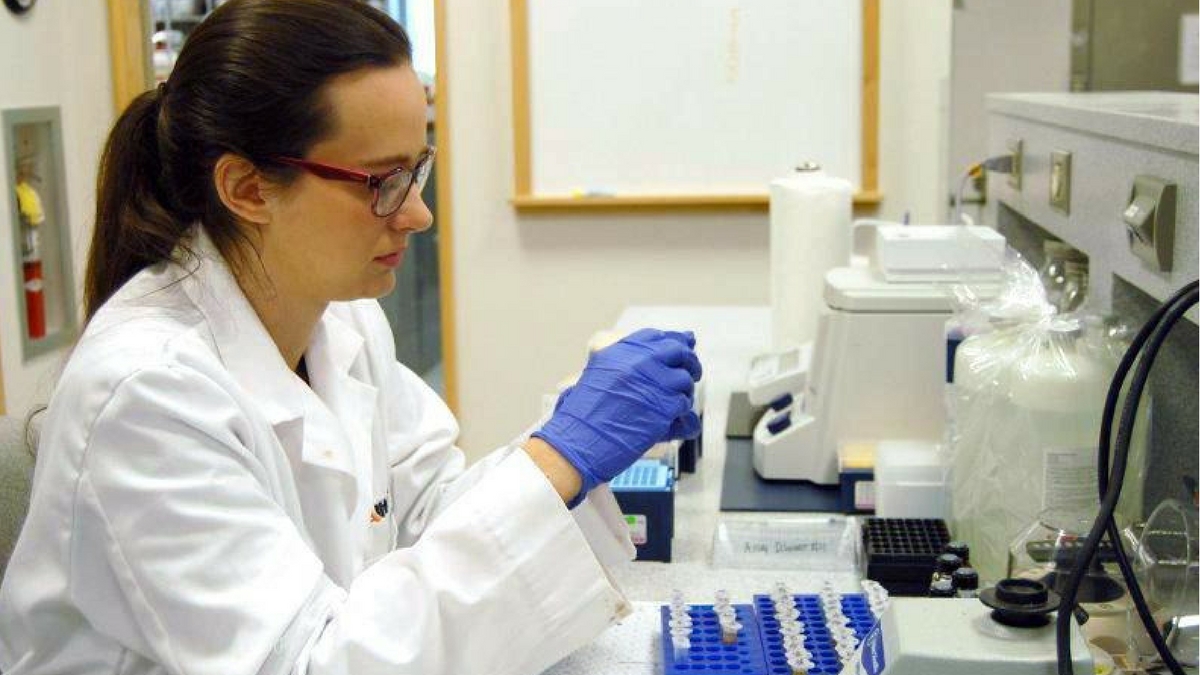Drone Meets Dairy: A behind-the-scenes look at the making of the Fagundes farm clip
To capture the dairy operations on the Fagundes family dairy in Hanford, California, Alltech’s film crew arrived early to leverage as much daylight as possible.
“We always try to arrive early,” said Alan Henthorne, corporate media manager for Alltech. “But we never beat a dairy farmer to work!”
In fact, when the Alltech crew arrived, the Fagundes dairy was already well-underway with morning milking and feedout.
Experienced in shooting on-location throughout the world, including recently in Mexico, Europe and China, this was the team’s first shoot in California, the number one milk producing state in the U.S. To put that ranking in context, the average herd size in California is more than 1000 for a dairy; in the second-ranking milk state, Wisconsin, the herd size is closer to 100.
Frank and Susan Fagundes have a 700-cow dairy, with mostly Holsteins who were not quite sure they were interested in a camera close-up.
Although Alan’s crew typically shoots with a Canon C-100 and DSLR with interchangeable lenses, the size of the dairy required a different approach: a drone.
The Alltech team has been using a small drone for a couple years, and, according to Alan, it’s already become an essential part of the team’s storytelling toolbox.
At the Fagundes dairy, the Alltech team envisioned the drone capturing the family walking with their dog among the cattle, illustrating the scale of the operation as well as the unique—albeit dusty (a camera challenge due to the drought!)—California landscape.
Drones add a certain element, however, to the dynamics of filming. Humans, cows and dogs all respond differently to the flying object.
In this particular case, the drone almost became puppy chow. “The Fagundes’ German Shepherd was determined to do his duty and protect them all from this invader,” said Alan.
So how did the cows handle their close-up?
Despite the fact that the drone must “look and sound like the biggest fly on the planet” to them, they did surprisingly well, according to the team. There was only one instance in which they almost initiated a stampede.
Alan emphasized, however, that safety in these shoots is always paramount. The drones are never used without permission and only used with complete human and animal safety in mind. In fact, studies are already being conducted to determine the minimum safe distances between drones and animals to avoid disturbing them. Even in terms of the overall shoot, camera tripod legs get equipped with the same biosecurity footwear as a human.
For the Alltech film crew, all the efforts are incredibly rewarding.
“Farmers work hard and don't always have the time to tell their own stories,” said Alan. “We're happy that we are able show how much dedication, passion and care can go into what they do, which ultimately is feeding the rest of us.
You can see the full video above and on our interactive Farmer Stories Map.
Have a question or comment?
- Read more about Drone Meets Dairy: A behind-the-scenes look at the making of the Fagundes farm clip
- Log in to post comments
<!--[if lte IE 8]>
<script charset="utf-8" type="text/javascript" src="//js.hsforms.net/forms/v2-legacy.js"></script>
<![endif]-->
<script charset="utf-8" type="text/javascript" src="//js.hsforms.net/forms/v2.js"></script>
<script>
hbspt.forms.create({
portalId: '745395',
formId: '2c5ba201-30c0-4669-9dc4-c9711ca1b006'
});
</script>





















